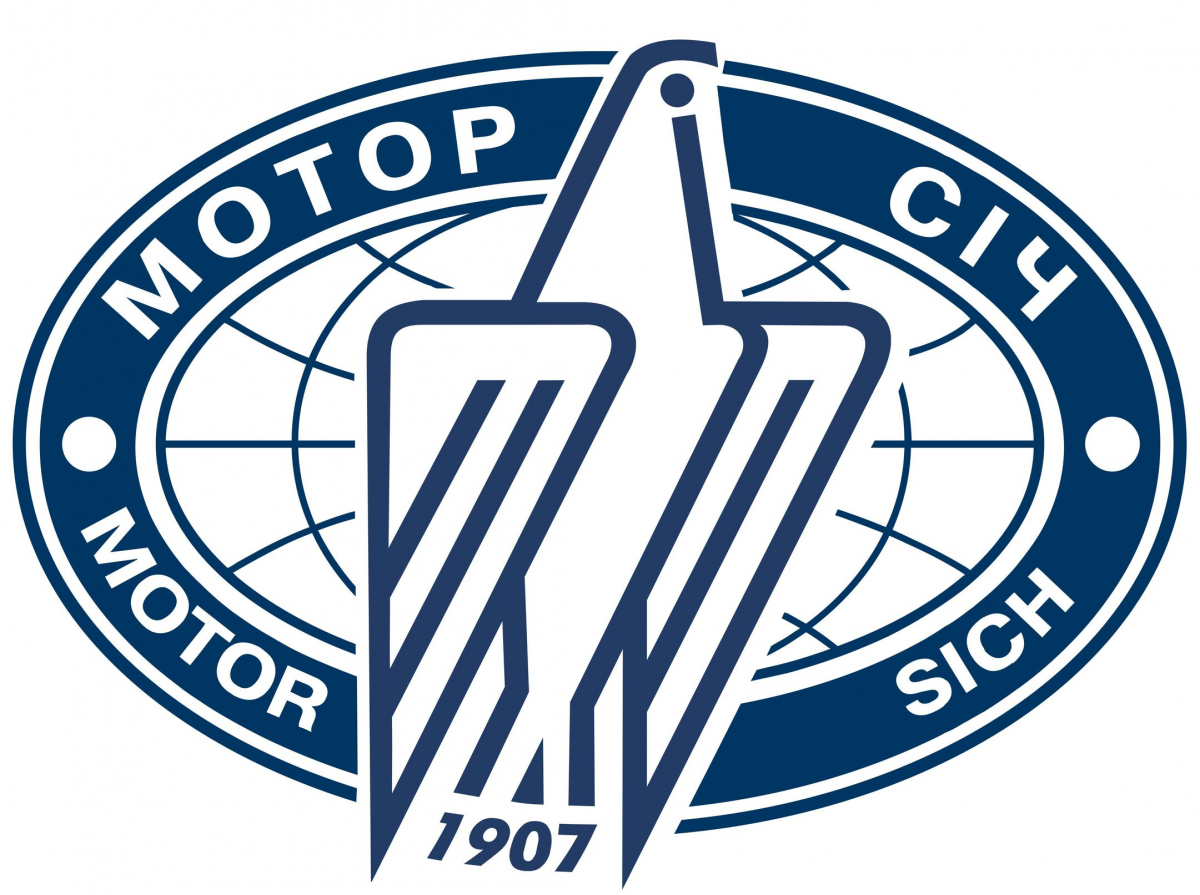The Ukrainian government has yielded to pressure from the European Union and Washington to prevent the engine manufacturer from coming under the control of Chinese investors, and to allow Beijing to compensate for its lack of strategic autonomy in this field.
The supplier of the People's Army
Following a meeting on Thursday 11 March, the Ukrainian National Security and Defense Council decided to nationalize Motor Sich, a company specializing in the production and maintenance of engines for airplanes, helicopters, missiles and drones. In particular, Motor Sich has enabled Beijing to produce improved versions of the AL-222-25F, which powers the Chinese L-15 training aircraft, the Lotarev D-136, dedicated to the Mi-26 heavy helicopter, and above all the D-30-KP, imported in 2002, which powers the H-6K and J strategic bombers. It has also developed the WS300, 500 and 700 engine families, which are reserved for UAVs and cruise missiles.
Geostrategic decision
Following the economic sanctions voted against Russia after the invasion of Crimea, the Ukrainian engine manufacturer has lost more than 40% of its market. Chinese investment funds including the Beijing Tianjiao Aviation Industry Investment Company then gradually bought the company from 2016 to take control. The United States, concerned about the possibility offered to the Chinese government to have strategic autonomy in this field, then took economic sanctions, placing Motor Sich on the blacklist of the State Department in January 2021. Despite the Ukrainian will to get closer to China through the OBOR project (One Belt, One Road), and the fact that Beijing represents the first foreign investor in the country, Kiev has chosen a political decision not to compromise its ambitions of a future integration in NATO as in the European Union.
Last step in a long process
This nationalization follows the freezing of Motor Sich's shares by Ukraine since 2018. The Ukrainian intelligence services had requested it after suspicions of collusion with companies close to the Chinese army. Chinese investors had then launched an international action, demanding the payment of compensation of $ 3.5 billion. This episode demonstrates that, contrary to what many Western experts (including those in France) thought, Beijing was indeed in the process of acquiring the technological capabilities needed to achieve strategic autonomy in the field of aircraft engines. This strategy was simply a repetition of the one implemented in Ukraine before and after 2000, to create an autonomous industrial sector in the field of gas turbines for the Chinese naval fleet. Motor Sich was an even more valuable source because it had access to the technical archives of the Russian group Ivchenko, since it had been maintaining its engines for years. So, after several years of technological capture, it is likely that this nationalization comes too late.
For more on China's military engine strategy, you can refer to Air&Cosmos issue 2715 published on December 18, 2020.
Découvrez cet article sur Air&Cosmos

